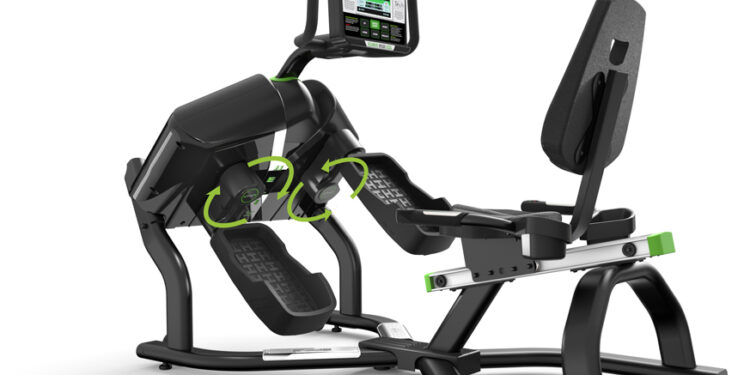For a variety of reasons, every YMCA, JCC and community rec center has a number of members and visitors who prefer to use recumbent fitness products. It could be that they are experiencing some level of functional decline and don’t have the strength, stamina or balance to use a weight bearing product such as a treadmill, elliptical, stair climber or alternative motion trainer. Or it could be that they have arthritic knees or hips, or are too obese to comfortably use other fitness products. These are some of the more common reasons why members choose recumbent modalities.
Because of the popularity of recumbent fitness products, many facilities offer tried and true recumbent exercise bikes, and many have also invested in products such as recumbent steppers, and even recumbent ellipticals.
In general, members enjoy and appreciate new products, and having the latest products can even affect whether they choose to remain a member, so it is important that wellness directors stay abreast of new products and new technologies.
The newest addition to recumbent fitness modalities is the Helix Recumbent Lateral Trainer. Helix, the company that created the world’s first lateral cardio machines, found that their upright, weight-bearing lateral trainers were too intense for the user-types mentioned earlier. By taking its patented lateral motion and applying it to a recumbent modality, Helix has now made the benefits of lateral training available to a much wider audience.
And just what are those benefits? First, a few words about what Helix is not. Helix Lateral Trainers are not sagittal plane-only products — all other recumbent fitness products train you only in the sagittal plane.
Helix Lateral Trainers, both upright and recumbent, are multi-planar movements. By bringing in a second plane of motion, achieved via their 360 degree, bi-directional and lateral motion, Helix Lateral Trainers create much more muscle activation than other fitness products.
The original upright-style Helix, when compared to elliptical trainers, creates up to 44% more muscle activation in two-thirds of the body, including hard to train areas, such as inner and outer thighs, gluteus medius, gluteus maximus, and even obliques.
Helix Recumbent Lateral Trainers involve all areas of the legs, including the inner and outer thigh, and all four regions of the quadriceps. In addition, the Helix recumbent improves range of motion of the hips, and actually strengthens the hips — commonly thought to be the muscles and connective tissues surrounding the femoral head. The total engagement of the lower body, plus the bi-directional motion, results in more complete training, greater muscle activation and greater caloric burn than other recumbent modalities.
Even with all these benefits, perhaps the most compelling reason for facilities to consider Helix Recumbent Lateral Trainers is their contribution to reducing risk of falling among seniors. The Helix recumbent engages the gluteus medius, and the gluteus medius is the muscle group most associated with lateral stability.
A significant research study found that in just 16 weeks of very moderate usage (users averaged just 3.5 exercise sessions per week, for only five minutes, at Level 1 resistance), Helix recumbent riders were able to improve their lateral stability an average of 59%.
For more information, contact info@helixco.com.










